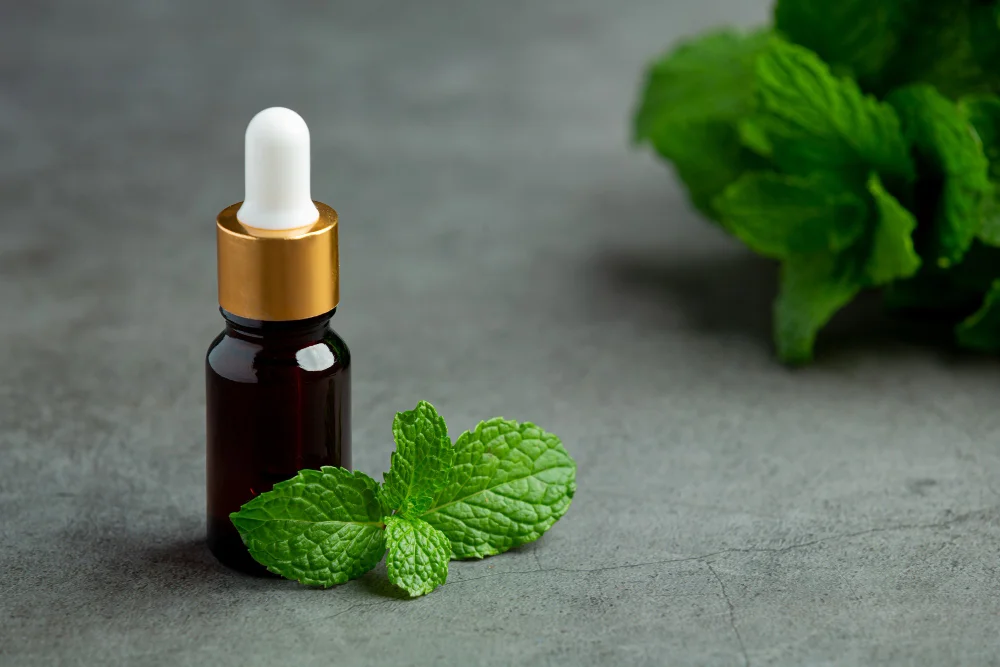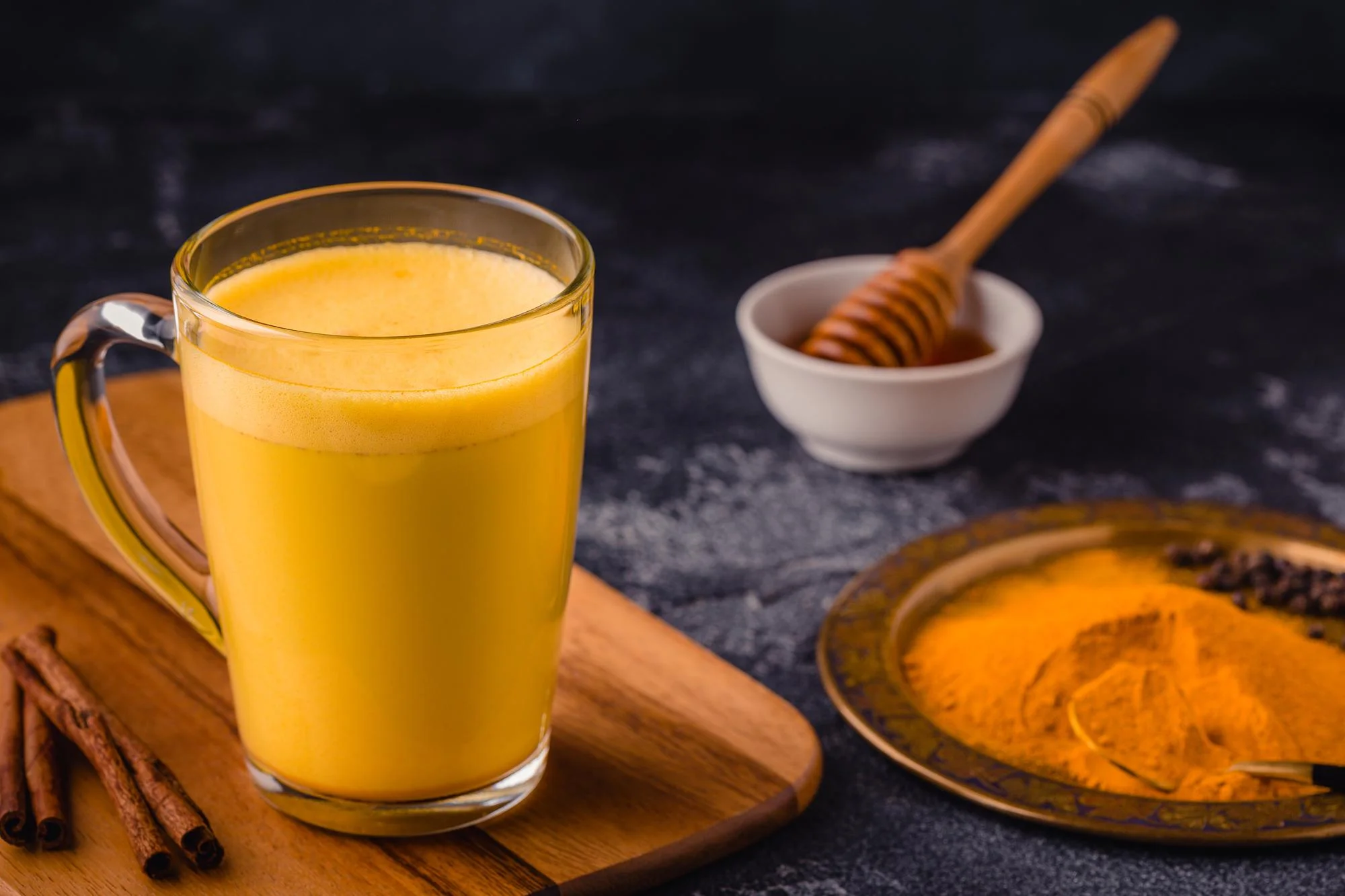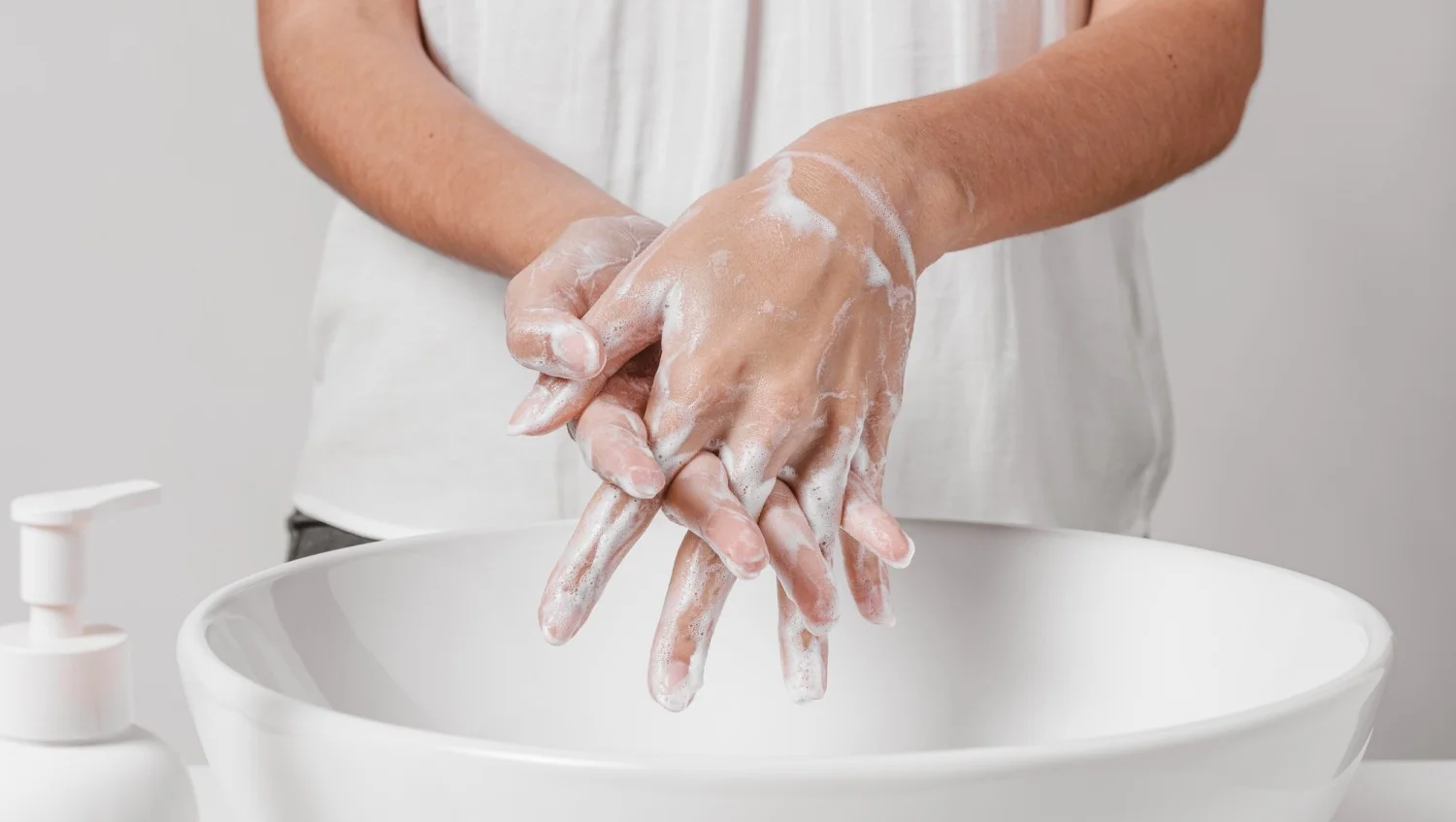What foods can help with fever?
Ans: Foods that are easy to digest, light on the stomach, and rich in nutrients can help with fever. These include clear soups, broths, herbal teas, electrolyte-rich drinks, and foods that are high in antioxidants like fruits and vegetables.
Fever is a common condition that can be caused by a viral or bacterial infection, and is characterized by an elevated body temperature. While medication can help alleviate fever symptoms, there are also several natural remedies that can provide relief. In this article, we’ll explore quick and easy home remedies for fever relief that can help you break a fever naturally.
Understanding Fever: Symptoms and causes
Fever is a condition characterized by an increase in body temperature above the normal range of 98.6°F (37°C). It is a common symptom of many illnesses, including the flu, a cold, or an infection. While a fever can be a sign that your body is fighting off an infection, it can also be uncomfortable and leave you feeling tired and sluggish (1).
Symptoms
The most common symptom of fever is an increase in body temperature. Other symptoms may include sweating, chills, headache, muscle aches, fatigue, and dehydration. In some cases, fever may also cause a rash, cough, or sore throat (2).
Causes
Fever is typically caused by an infection or illness. The body’s immune system responds to the infection by releasing chemicals that raise the body temperature to fight off the infection. Some common causes of fever include (3, 4):
- Viral infections: such as the common cold, flu, and COVID-19
- Bacterial infections: such as strep throat, urinary tract infections, and pneumonia
- Fungal infections: such as candidiasis and aspergillosis
- Parasitic infections: such as malaria and toxoplasmosis
- Autoimmune diseases: such as rheumatoid arthritis and lupus
- Medications: certain medications can cause fever as a side effect
- Cancer: some types of cancer can cause fever.
Importance of Fever Relief
While fever is a natural defense mechanism of the body, it can cause discomfort and disrupt daily activities. High fever, especially in children, can be dangerous and may require medical attention.
It’s important to manage fever effectively to prevent complications and provide relief to the affected person.
11 Effective Home Remedies for Fever Relief Fast

Fortunately, there are many quick and easy home remedies you can try to help bring down your body temperature and feel better fast. Here are some quick and easy home remedies for fever relief::
Stay hydrated
It’s important to stay hydrated by drinking plenty of fluids when you have a fever. Hydration helps replace the fluids lost through sweating and prevents dehydration (5).
Make sure to aim for at least 8 glasses of water a day. Fruit juice, coconut water, and herbal teas are also good options. Avoid beverages that contain caffeine, alcohol, and carbonation, as they can worsen dehydration.
Rest and sleep: Home remedies for fever and cold
Rest and sleep are essential for helping the body recover from a fever. When you have a fever, you may feel fatigued and weak. It’s important to listen to your body and take breaks when you need to and avoid strenuous activities that can exhaust you and worsen your symptoms.
Getting enough sleep is also important when you have a fever. Sleep allows your body to recharge and repair itself (6). Try to get at least 7-8 hours of sleep per night, and take naps during the day if you need to.
Use a cool compress: Effective home remedies for high fever
Using a cool compress on your forehead, neck, and armpits can also help to reduce body temperature (7). You can use a washcloth dipped in cool water or place a cold gel pack on these areas. Make sure not to use ice directly on the skin, as it can cause skin damage.
Generally, a cool compress should be applied for 10-15 minutes at a time, and then removed for 20-30 minutes before reapplying. This allows your skin to return to its normal temperature and prevents over-cooling, which can be uncomfortable and may actually raise your body temperature.
If you are using a cool compress to reduce a fever in a child, it is important to monitor their skin and make sure they are not shivering or experiencing any discomfort. If they are, you should remove the compress and wait before reapplying.
Take a Lukewarm Bath: Home remedies for fever and cough
Taking a lukewarm bath can help lower your body temperature and provide relief from fever symptoms. Ensure that the water is not too cold, as it can cause shivering and actually increase your body temperature.
It is recommended to use lukewarm water with a temperature around 85-90 degrees Fahrenheit for taking a bath to help bring down your body temperature during a fever (8). Additionally, you can add a few drops of essential oils, such as eucalyptus or lavender, to help relax and soothe your body.
Try Herbal Remedies For Fever

Herbal remedies, such as ginger, garlic, and turmeric, have been used for centuries as home remedies for fever and other illnesses. People believe that these natural ingredients possess properties that can help reduce fever, boost the immune system, and promote overall health. Here’s how you can use these herbs for fever relief:
- Ginger: Ginger has anti-inflammatory and antimicrobial properties that may help reduce inflammation and fight off infections. You can consume ginger in various forms, such as ginger tea, ginger water, or ginger-infused foods.
- Garlic: Garlic is rich in sulfur compounds that have been shown to have antibacterial, antiviral, and anti-inflammatory properties. You can consume garlic raw, cooked, or in supplement form, and it is often used in cooking or as a natural remedy for fever.
- Turmeric: Turmeric contains a compound called curcumin, which has potent anti-inflammatory and antioxidant properties. It is commonly used in Indian cuisine and can be consumed as a spice or taken as a supplement. Turmeric milk, as mentioned earlier, is a popular home remedy for fever relief.
Use essential oils: Fever remedies at home

Essential oils are concentrated plant extracts that can be used for a variety of health purposes, including fever relief.
Some of the best essential oils for fever include:
- Peppermint: This refreshing oil has a cooling effect on the body and can help reduce fever and soothe headaches.
- Eucalyptus: This aromatic oil has anti-inflammatory and anti-bacterial properties, and can help reduce fever and ease respiratory symptoms.
- Lavender: This calming oil can help reduce stress and anxiety, and has been shown to have mild anti-inflammatory
Try Acupuncture
Acupuncture is a traditional Chinese medicine practice that involves inserting thin needles into specific points on the body to stimulate healing.
It can help boost your immune system, reduce inflammation, and provide relief from fever symptoms.
Read more: Discover the Top Sources of Vitamin B12 Rich Foods
Eat Immune-Boosting Foods
Maintaining a strong immune system requires eating a healthy and balanced diet. Focus on consuming foods that are rich in vitamins, minerals, and antioxidants, such as leafy greens, colorful fruits and vegetables, lean protein, and healthy fats.
It is important to avoid processed foods, sugary snacks, and alcohol, as these can weaken your immune system and make it more difficult for your body to fight off infections.
Take Vitamin C

Vitamin C is often recommended as a home remedy for fever. Vitamin C is known for its immune-boosting properties and can help to reduce the duration and severity of a fever (9).
There are several ways to use vitamin C to help alleviate the symptoms of fever:
- Eat vitamin C-rich foods: Incorporate foods that are high in vitamin C into your diet, such as citrus fruits, strawberries, kiwi, and broccoli. These foods can help boost your immune system and reduce the severity of your feve.
-
Drink plenty of fluids: When you have a fever, it’s important to stay hydrated. Drink plenty of water, juice, and other fluids to help your body fight off the infection and reduce your fever.
Maintain a Healthy Environment
To prevent the spread of germs and promote faster recovery from fever, it is important to keep your environment clean and sanitized. Regularly clean and disinfect surfaces, wash your hands frequently, and avoid close contact with individuals who are sick to reduce the risk of infection.
Over-the-Counter Medications: Home remedies for high fever
Sometimes, natural home remedies may not be enough to bring down a fever, and you may need to use medications to lower your temperature.
Over-the-counter medications like Dolo can be effective in reducing fever and relieving pain, but it’s important to use them sparingly and as a last resort (10). Remember to always follow the instructions on the label, and consult your doctor if you have any questions or concerns.
Traditional Remedies from Around the World
Turmeric milk: A golden elixir for fever relief from India

Turmeric milk, also known as “golden milk,” is a popular traditional remedy in India for fever relief. This warm beverage is made by combining turmeric, a yellow spice known for its anti-inflammatory properties, with milk and other ingredients to create a soothing elixir that can help boost the immune system and reduce fever symptoms (11).
Here’s a simple recipe for making turmeric milk:
Ingredients:
- 1 cup of milk
- 1/2 teaspoon of turmeric powder
- 1/4 teaspoon of cinnamon powder (optional)
- 1/4 teaspoon of ginger powder (optional)
- A pinch of black pepper (optional)
- Sweetener of your choice (optional)
Instructions:
- In a small saucepan, add the milk and heat it on low flame until it is warm, but not boiling.
- Add the turmeric powder, cinnamon powder, ginger powder, and black pepper (if using) to the milk.
- Stir the mixture well and let it simmer on low flame for about 5 minutes, stirring occasionally.
- Turn off the heat and let the turmeric milk cool down for a few minutes.
- Add sweetener of your choice, if desired, and stir well.
- Pour the turmeric milk into a cup and enjoy it while it is still warm.
Mustard plaster: A traditional remedy from Russia for fever reduction
Mustard plaster, also known as mustard poultice, is a traditional remedy from Russia that is believed to help reduce fever and ease symptoms of respiratory conditions (12). It is a topical treatment that involves applying a mixture of mustard powder and other ingredients to the skin to create a warming sensation that can help increase blood flow and relieve congestion.
How to make
Here’s how you can make a mustard plaster:
Ingredients:
- Mustard powder
- Flour or cornstarch
- Water
- A cloth or bandage
- Olive oil or petroleum jelly (optional)
Instructions:
To make it, mix equal parts of mustard powder and flour or cornstarch with water to form a thick paste. Optionally, add olive oil or petroleum jelly to prevent skin irritation.
Spread the paste onto a cloth or bandage and apply it to the chest, back, or soles of the feet.
Leave it on for 10-15 minutes or until comfortably warm, then remove and wash the area. Use with caution and consult a healthcare professional, especially if you have sensitive skin or underlying health conditions.
Note: Mustard plasters are not recommended for everyone, especially for those with sensitive skin, allergies, or other health conditions.
Willow bark tea: A Native American remedy for fever relief
Willow bark tea is a traditional Native American remedy believed to provide fever relief (13). Willow bark contains salicin, a compound that is similar to aspirin and has anti-inflammatory and analgesic properties.
How to make
Here’s how you can make willow bark tea:
Ingredients:
- Willow bark (dried or fresh)
- Water
- Honey or lemon (optional for taste)
Instructions: To make it, simmer approximately 1 tablespoon of dried willow bark (or 2 tablespoons of fresh willow bark) in 1 cup of water for 15-20 minutes. Strain and add honey or lemon for taste if desired. Drink while warm, but not too hot.
Note: Willow bark is not recommended for everyone, especially for those who are allergic to aspirin, pregnant women, breastfeeding mothers, or individuals with liver or kidney issues
Elderberry syrup: A European remedy for boosting immunity during fever
Elderberry syrup is a traditional European remedy believed to help boost immunity during fever (14). Elderberries are known for their rich antioxidant content, including vitamin C and anthocyanins, which may have immune-enhancing properties. Elderberry syrup can be made at home or purchased from health food stores.
How to make
Here’s how you can make elderberry syrup at home:
Ingredients:
- Elderberries (dried or fresh)
- Water
- Honey or maple syrup
- Cinnamon or ginger (optional)
Instructions: To make it, simmer elderberries in water, strain the liquid, and add honey or maple syrup for taste. Optionally, add cinnamon or ginger for added flavor and immune-boosting benefits. Store in the refrigerator
Note: Elderberry syrup should not be used as a substitute for medical treatment. It’s important to consult with a healthcare professional before using elderberry syrup, especially if you have underlying health conditions or are taking medications.
Miso soup: A Japanese remedy for fever management
Miso soup is a traditional Japanese remedy that is believed to help with fever management. Miso contains nutrients that may help your immune system function optimally. It may help reduce your risk of being sick and help you recover faster from infections, such as the common cold (15, 16).
Miso is a fermented soybean paste that is rich in beneficial bacteria, enzymes, and nutrients, which can support the immune system and promote overall health.
How to make
Here’s a simple recipe for making miso soup at home:
Ingredients:
- Miso paste
- Water
- Vegetables (such as sliced carrots, mushrooms, scallions, and seaweed)
- Tofu (optional)
- Soy sauce (optional)
- Sesame oil (optional)
Instructions: To make it, simmer vegetables in water, dissolve miso paste in hot water, and add it to the saucepan. Optional ingredients include tofu, soy sauce, and sesame oil. Do not boil miso paste. Serve while warm
Note: Do not boil miso paste, as high heat can kill the beneficial bacteria and enzymes. Adding miso paste to hot, but not boiling, water is best. Miso soup can be a healthy and comforting option during fever, but it should not be used as a substitute for medical treatment.
See more- Quick and Easy Ways to Eliminate Bitter Taste in Your Mouth
Prevention Tips for Fever

Prevention is the best way to avoid getting a fever. Here are some prevention tips:
- Wash your hands frequently: Regularly washing your hands with soap and water or using hand sanitizer can help prevent the spread of germs that cause fever.
- Avoid close contact with sick people: If someone around you is sick with a fever or other contagious illness, try to avoid close contact with them until they have fully recovered.
- Cover your nose and mouth: When coughing or sneezing, cover your nose and mouth with a tissue or your elbow to prevent the spread of germs.
- Practice good hygiene: Practice good hygiene by showering regularly, keeping your home clean, and avoiding sharing personal items such as towels and utensils.
- Get enough sleep: Getting enough sleep can help keep your immune system strong, which can help prevent illness and fever.
- Eat a healthy diet: Eating a healthy diet rich in fruits, vegetables, and whole grains can help keep your body strong and reduce your risk of getting sick.
- Exercise regularly: Regular exercise can help prevent fever by strengthening the immune system and reducing stress. Aim to exercise consistently to maintain a healthy body and reduce the risk of falling sick.
- Manage stress: Stress can weaken your immune system, making you more susceptible to illness and fever. Managing stress through activities such as exercise, meditation, or relaxation techniques can help keep your immune system strong.
Read more- How to Stop Cough at Night: 12 Best Home Remedies
Read more- 10 Natural Ways to Get Rid of Red Eyes Without Eye Drops
When to Seek Medical Attention
While most fevers are not serious and can be treated with home remedies, there are some cases where medical attention is necessary. You should seek medical attention if:
- Your fever lasts for more than three days
- Your fever is accompanied by a severe headache or neck stiffness
- Your fever is accompanied by a rash or redness
- Your fever is accompanied by difficulty breathing or chest pain
- You have a history of heart, lung, or kidney disease
Conclusion
There are many natural home remedies for fever relief that you can try before turning to medication. From staying hydrated to using herbs to eating nutrient-rich foods, there are plenty of ways to support your body’s immune system and reduce inflammation.
However, if your fever is very high or lasts for more than a few days, it’s important to seek medical attention to rule out any serious underlying conditions. Stay healthy, stay hydrated, and stay safe!
Frequently asked questions (FAQs)
How long does a fever usually last, and how to speed up the recovery process
Ans: A fever usually lasts for a few days to a week, but it can vary depending on the cause. To speed up recovery from a fever, you can stay hydrated, get plenty of rest, take fever-reducing medication as directed, apply cool compresses, dress lightly, practice good hygiene, and treat the underlying cause if it’s due to an infection.
Can fever be dangerous?
Ans: Yes, high fever, especially in children, can be dangerous and may require medical attention. It’s important to monitor the fever and seek medical help if it persists or reaches a high temperature.
Can a fever be a sign of a serious illness?
Ans: Yes, fever can be a symptom of various serious illnesses, such as bacterial or viral infections. If a fever is accompanied by severe symptoms such as difficulty breathing, chest pain, persistent vomiting, or confusion, it may indicate a more serious condition and medical attention should be sought immediately.
Q: Can I give OTC medications to my child to reduce fever?
Ans: It’s important to consult with a healthcare professional before giving any medication, including OTC medications, to children. Dosage and safety guidelines vary based on age and weight, and improper use can lead to adverse effects.
Are home remedies a substitute for professional medical advice?
Ans: Home remedies can provide relief from fever symptoms, but they are not a substitute for professional medical advice. It’s always best to consult with a healthcare professional for proper diagnosis, treatment, and management of fever, especially in cases of persistent or high fever.
Can I use natural remedies to reduce fever?
Ans: Yes, there are some natural remedies that can help reduce fever. These include drinking ginger tea, consuming honey with lemon and warm water, taking a tepid bath with added vinegar, and using basil leaves or neem leaves in warm water for a sponge bath.
What foods can help with fever?
Ans: Foods that are easy to digest, light on the stomach, and rich in nutrients can help with fever. These include clear soups, broths, herbal teas, electrolyte-rich drinks, and foods that are high in antioxidants like fruits and vegetables.
